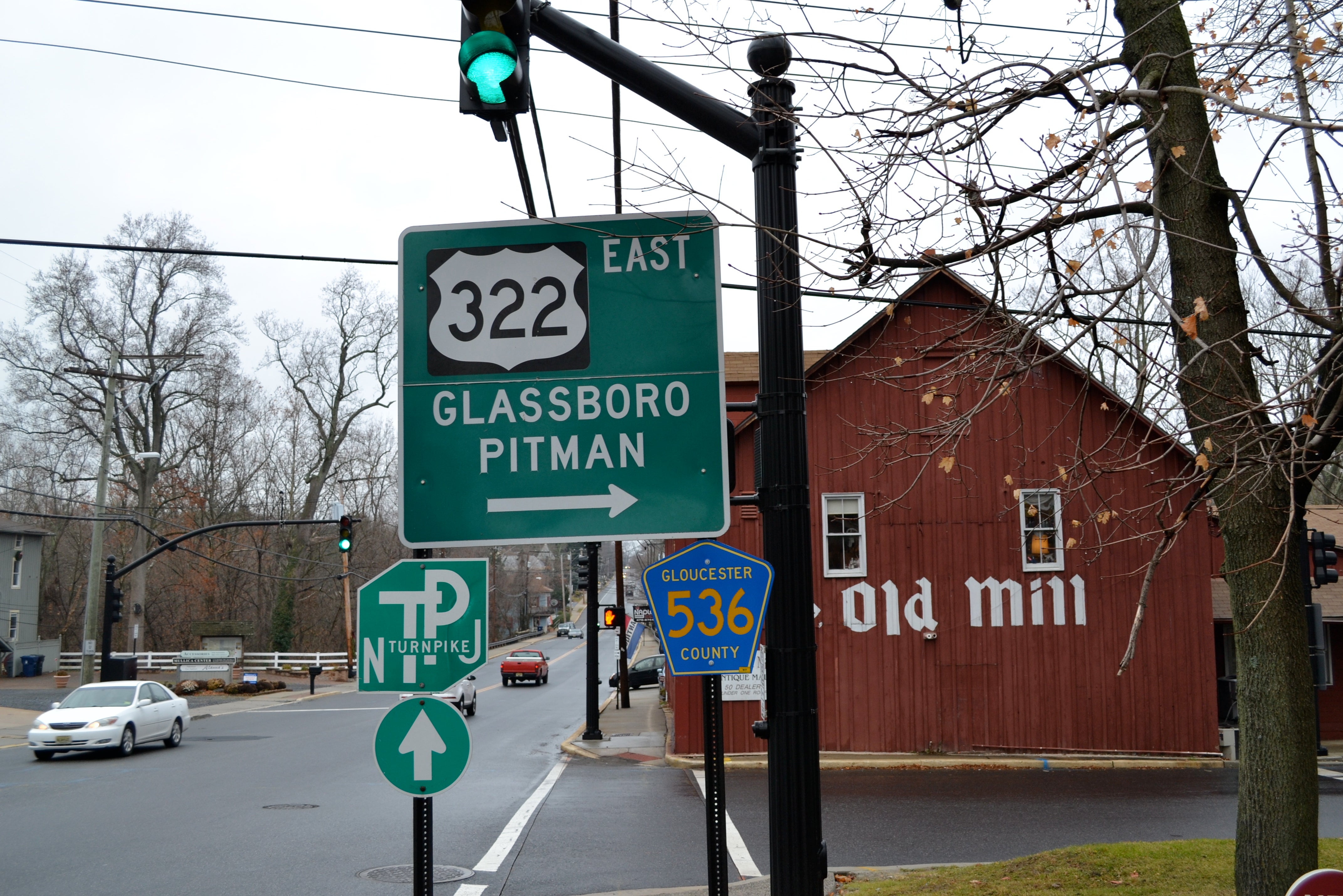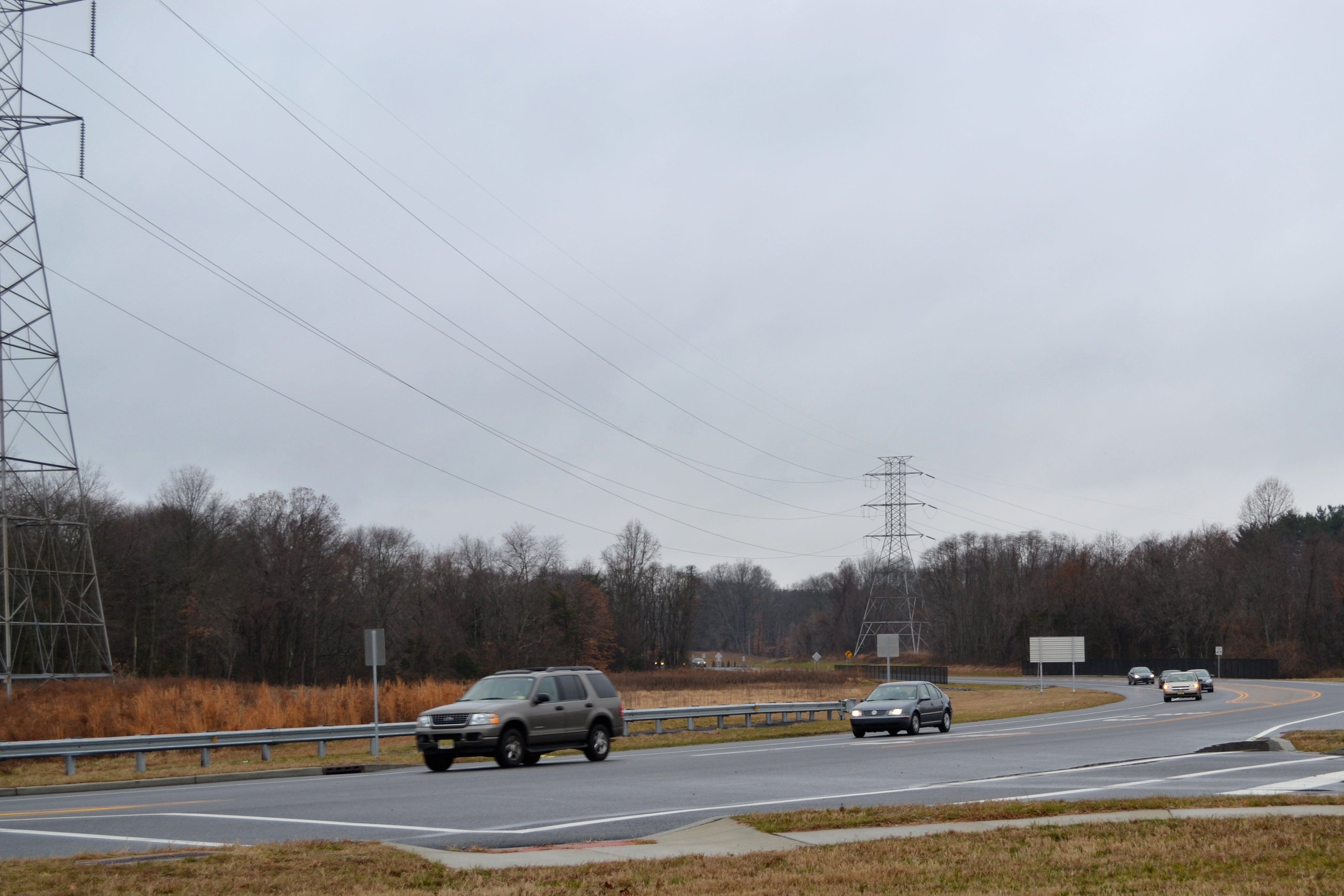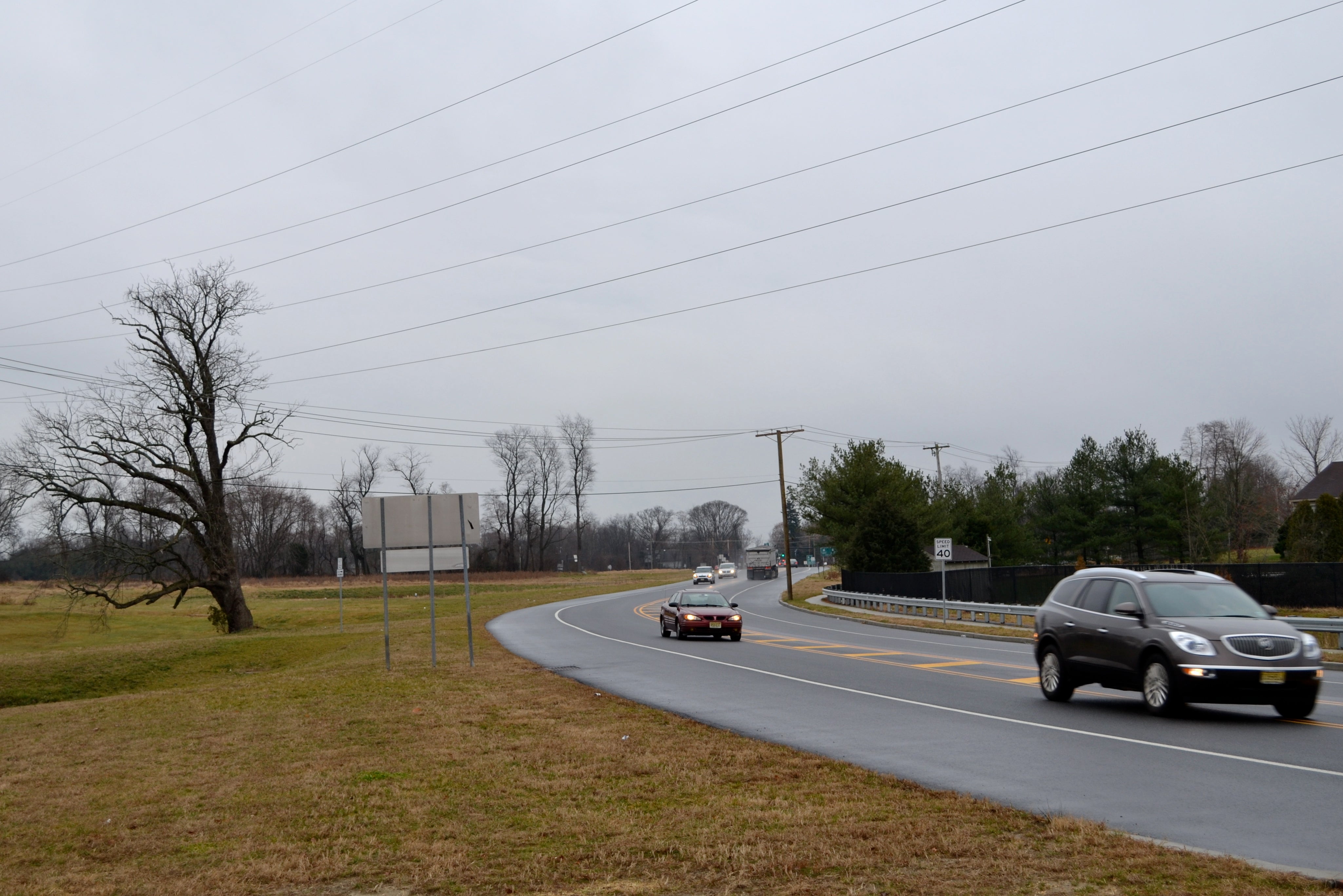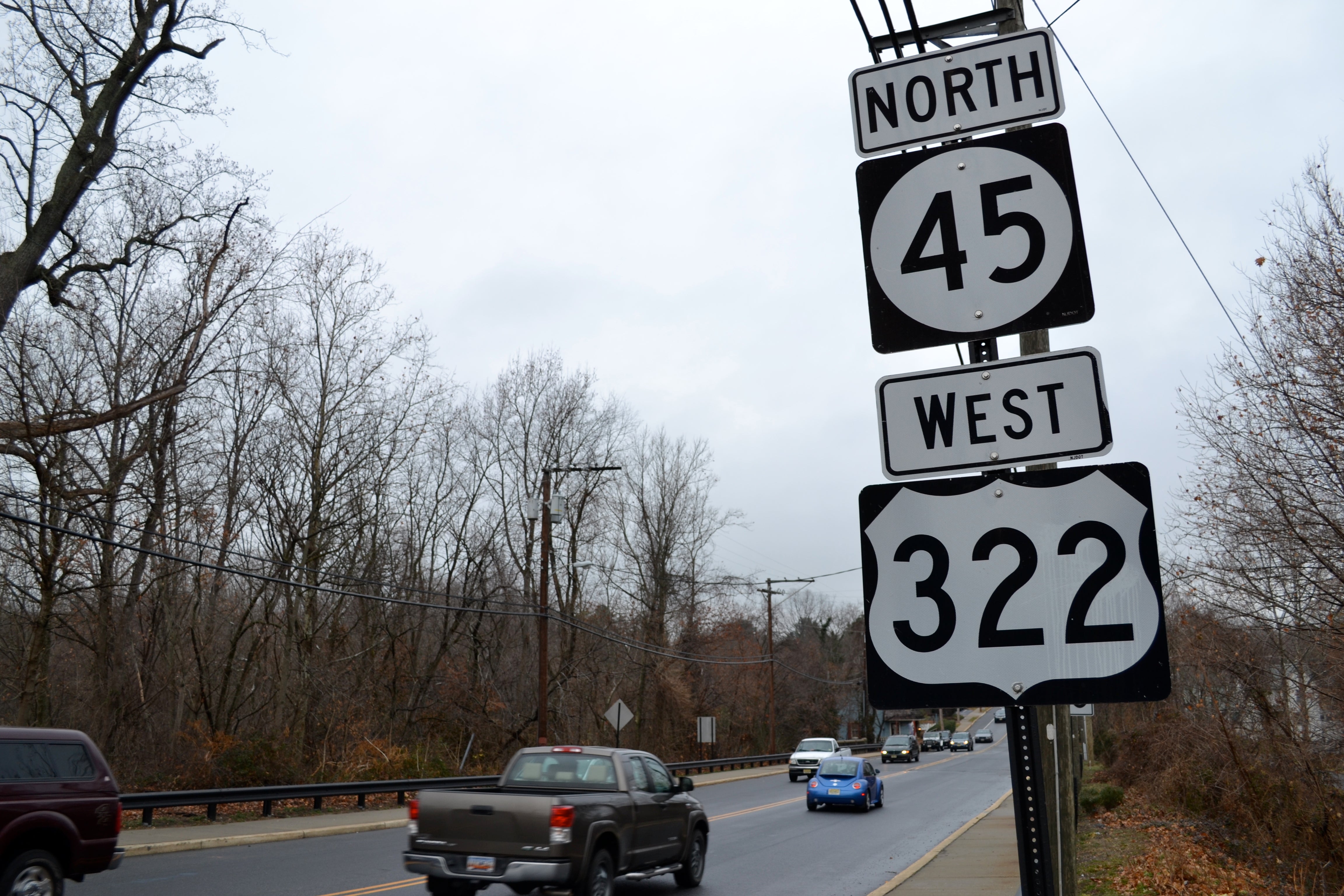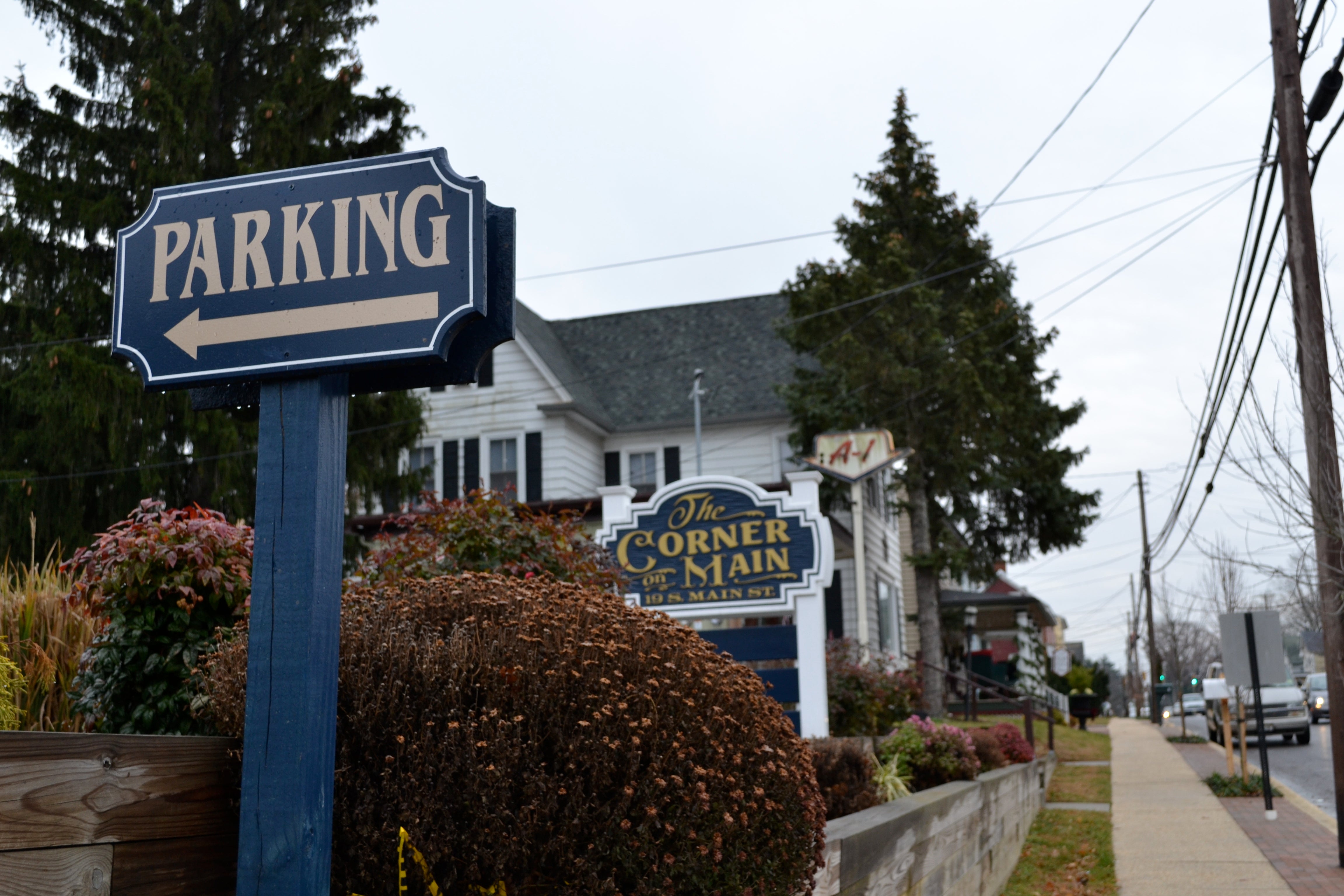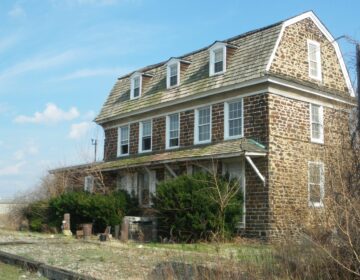Mullica Hill Bypass named transportation program of the year
A long awaited solution to a 40-year transportation headache was named the “Regional Transportation Program of the Year,” at the annual Delaware Valley Regional Planning Commission board retreat this month.
Mullica Hill Bypass, which opened in January 2012, is the Gloucester County project that diverted U.S. Route 322 around Mullica Hill in Harrison Township, N.J., and solved the decades-long congestion problem.
The previous Route 322 bottleneck at Mullica Hill’s downtown historic district was created by the convergence of Routes 45 and 77 and weekend and summer shore traffic. It was not unusual to see vehicles backed up for two miles in either direction from Mullica Hill’s business district. To alleviate the traffic congestion, the Gloucester County Board of Freeholders created the $16 million, 1.5-mile bypass project and improvements to Route 322 on either side of the new road segment.
“It’s an area that had been targeted and identified as a need for a long time,” said DVRPC Executive Director Barry Seymour.
Coming up with the funding and support for a project that required relocating 13 houses and clearing a 1.5 mile swath of land, though, was no easy task. Today much of the project’s success is attributed to state Senate President and former Freeholder Director Stephen Sweeney’s leadership, the diverse coalition of support he gathered and the progressive funding approach those leading the project took.
“I think the primary reason [this project was recognized] is Gloucester County really stepped up, took responsibility, and used a significant amount of their own funding to make it happen” Seymour said.
“The first challenge is always money. In this case rather than just wait until the state freed up money through the DOT, the county committed their funding.”
To make the project possible, Gloucester County used state and county funds to pay for construction of the bypass itself and federal funds to pay for street widening and sidewalk improvements on either end of the bypass, said Board of Freeholders member Heather Simmons, who serves as the liaison to the Department of Economic Development and Public Works.
Gloucester County will maintain this section of the road for the foreseeable future.
“It was a problem that existed for well over 40 years,” Simmons said.
Route 322, which stretches from Cincinnati, Ohio to Atlantic City, N.J., is a popular route for summer tourists crossing the Commodore Barry Bridge and heading to the shore.
The section of Mullica Hill that faced the worst traffic problem pre-bypass was the town’s quaint, storefront downtown shopping and historic district, where the traffic kept many people from stopping at any of the stores or attractions, Simmons remembered.
“People just didn’t stop and linger and shop the way you want them to in a downtown business district,” she said. “…You can’t be in a downtown shopping district if you can’t rely on foot traffic.”
At the heart of the congestion, where the former Route 322 met and joined route 45 at a three-way “T” intersection is Old Mill Antique Mall.
Not only did customers and employees have to sit in excessive traffic, the building itself was hit six to eight times a year by cars and trucks turning the bend of Route 322. Since the bypass has gone in, the building has only been “nicked” once said David Tinney, a co-op manager at the Old Mill Antique Mall and vice president of the Mullica Hill Merchant’s Association.
“It’s a bigger improvement than we had hoped for,” Tinney said. “We’re actually getting local residents coming into town now who are saying they didn’t even know these little stores were here.”
Tinney spoke out against the bypass during some early planning meetings, in part because he was concerned about the amount of undeveloped land it required, the disruption to a local cemetery and the homes that had to be relocated.
“It was unfortunate that they didn’t put this in 20 years ago when Mullica Hill and Harrison Township were first starting to boom,” Tinney said.
Now though, he says believe it or not, he’s happy with the bypass.
Some concerns, like development of wooded and wetland areas, were addressed by the project, which Seymour said was built in a way to discourage future development off of the new bypass. For instance, the bypass was built so that it would not intersect with any other connecting roads that might spur development projects.
Next door to the Old Mill Antique Mall, Alec Carlin works as a delivery runner for Naples Pizza. He also had his doubts about the project but said that the bypass has helped cut down on congestion.
Carlin’s pre-bypass commute used to take 30 to 45 minutes, now he can make it to work in 15 minutes.
Just getting out of the shared Naples Pizza and Old Mill Antique Mall parking lot used to take five or 10 minutes during peak traffic, Carlin said. While there is still heavy traffic on Main Street, it is much less of a problem.
“I don’t think business has changed at all,” he said. “If anything it helped because we can actually get deliveries out.”
That kind of feedback – that the bypass is making business easier for local shops – is just what Simmons and other Freeholders were hoping for.
Simmons said she thinks the bypass being named “Regional Transportation Program of the Year,” “is a recognition of the value of long term planning and keeping in mind the link between planning and economic development.”
Seymour said the annual awards allow DVRPC to call attention to outstanding regional planning solutions.
In this case, Seymour said, “There’s certainly a lesson that local governments, a county working in partnership with the state, are able to get things done sooner.”
Contact the reporter at cfisher@planphilly.com
WHYY is your source for fact-based, in-depth journalism and information. As a nonprofit organization, we rely on financial support from readers like you. Please give today.



